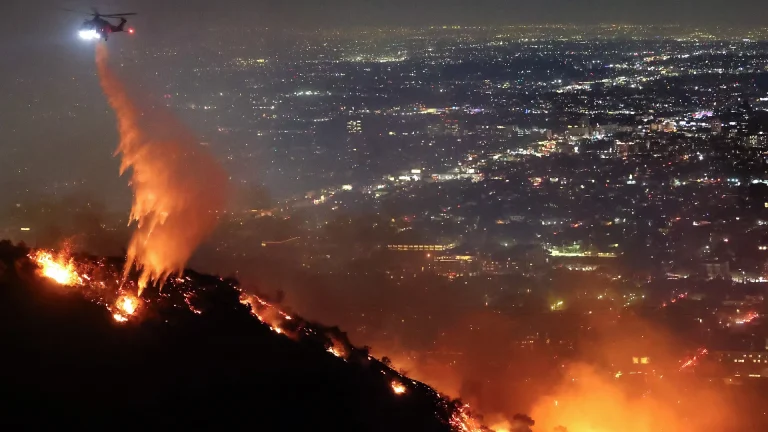The Growing Insurance Dilemma
California homeowners like Lynne Levin-Guzman, whose parents’ home insurance was canceled after 75 years, are increasingly struggling to secure fire coverage. Between 2020 and 2022, insurers declined to renew 2.8 million policies, with 531,000 in Los Angeles County alone, according to the California Department of Insurance.
Insurance companies are pulling back from areas they deem high-risk for wildfires, leaving homeowners to grapple with limited options, including the costly California FAIR Plan.
California FAIR Plan: A Costly Last Resort
The California FAIR Plan, designed as a last-resort insurer, has seen a surge in demand:
- Dwelling coverage exposure rose 61% to $458 billion in September 2024.
- Commercial policies nearly doubled to $26.6 billion over the past year.
While FAIR provides critical coverage, its higher premiums and reduced benefits often require homeowners to purchase additional “wrap-around” policies, further increasing costs.
New Insurance Regulations Aim to Address the Crisis
The California Department of Insurance recently introduced regulations requiring private insurers to write policies in high-risk areas equal to 85% of their market share statewide.
However, the policy allows insurers to include the rising cost of reinsurance—policies purchased to mitigate their own risk—in rate calculations. This marks a shift, as California was the only state prohibiting reinsurance costs from affecting rates.
Potential Impacts:
- Increased rates: Experts predict premium hikes of 40% to 50%, though Commissioner Ricardo Lara disputes this.
- Expanded private coverage: Homeowners currently reliant on FAIR may find private insurance again, albeit at higher costs.
Criticism and Consumer Concerns
Consumer advocates, including Consumer Watchdog, argue the new rules prioritize insurer profits over access to affordable coverage:
- Rate hikes: Major insurers like State Farm, Farmers, and Allstate have already received 25% or more increases in the past 13 months.
- Limited access: Critics say loopholes in the new regulations still allow insurers to avoid covering high-risk areas.
Carmen Balber, executive director of Consumer Watchdog, stated, “This new policy is guaranteeing higher rates but not necessarily access to coverage.”
The Role of Climate Change and Inflation
The insurance industry attributes rising costs to:
- Climate change: Increasing wildfire risks have driven up claims.
- Inflation: Higher costs for labor, lumber, and materials exacerbate financial pressures.
Janet Ruiz, spokesperson for the Insurance Information Institute, noted, “The cost of reinsurance has been going up due to climate risk and also inflation.”
Looking Ahead
While state officials hope the new regulations will stabilize the market, the road ahead remains uncertain:
- Homeowners in fire-prone areas may face higher premiums but potentially better access to private insurance.
- Critics warn that the benefits of these changes may take years to materialize.
Commissioner Lara summarized the balancing act: “We are being realistic about the risks in California. Inflation is even more of a factor than climate change. You have to take [it] in mind.”


